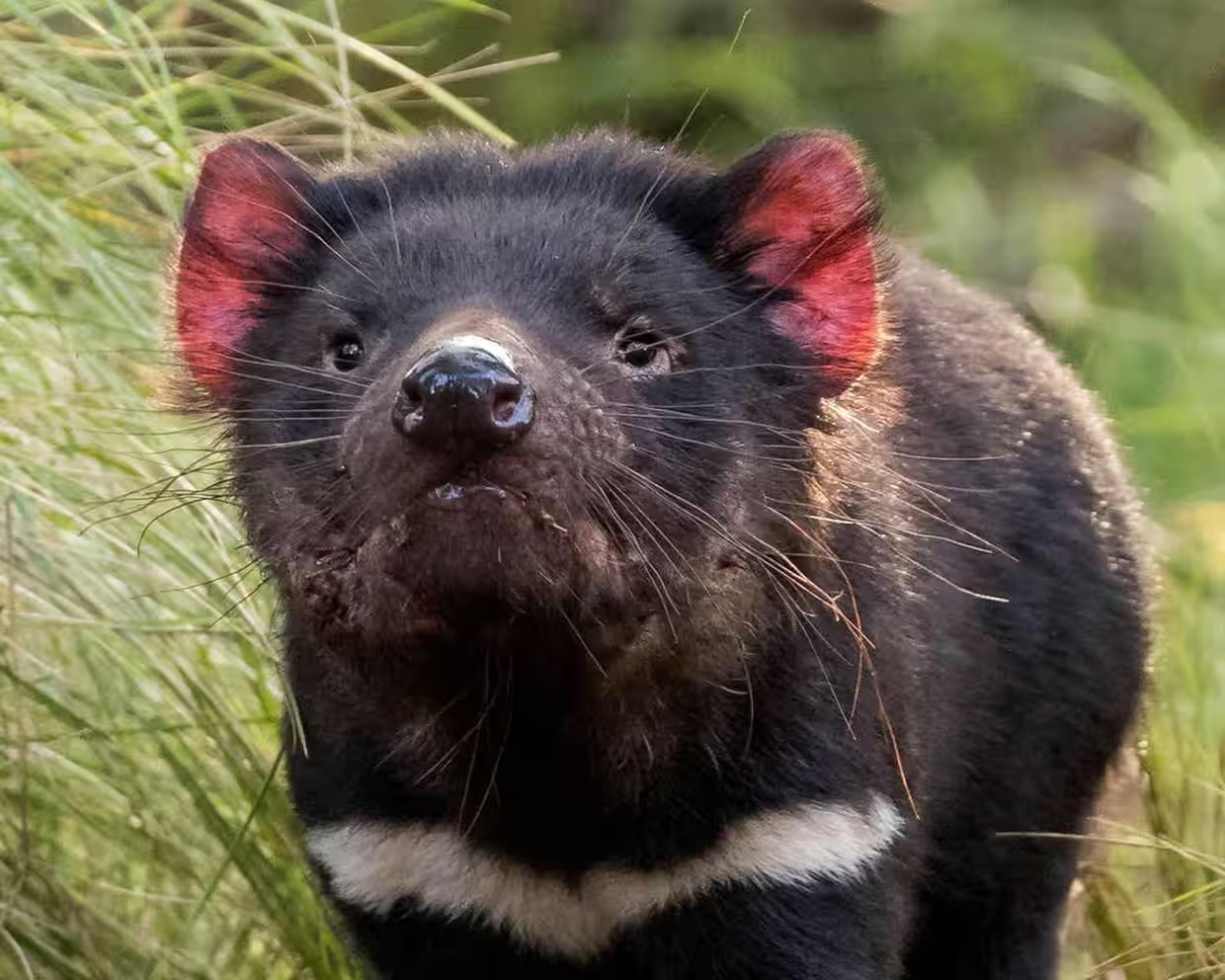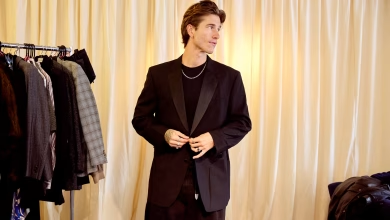“Pouch Potatoes No More: Ten Devilish Joeys Born at Mainland Australia’s Biggest Tassie Devil Breeding Program”
On World Environment Day, conservationists confirmed 10 Tasmanian devil joeys have been born at Aussie Ark’s Barrington Tops sanctuary—the largest program of its kind on mainland Australia. With more joeys on the way, here’s why it’s a big win for the species and the bush.
It’s a Devil of a Good News Story
While the rest of us were stuck inside dodging rain bombs, Tasmanian devils at Aussie Ark were busy making miracles in the mud.
That’s right—ten brand-new devil joeys have been confirmed after the first pouch checks of 2025 at Barrington Tops, NSW. It’s part of the largest mainland breeding program for the iconic (and endangered) carnivores. And they’re as cute as a meat pie at footy half-time.
Despite copping over 600mm of rain, the devils weren’t fazed. As Aussie Ark’s Dean Reid put it:
“These gnarly, big, chunky animals have little baby joeys in their pouch—it’s really amazing.”
Tasmanian Devil Breeding Program – Fast Facts
| Category | Details |
|---|---|
| Breeding site | Aussie Ark, Barrington Tops, NSW |
| Joeys confirmed (2025 so far) | 10 |
| Potential additional mothers | 4 more expected to conceive in June |
| Joey gestation period | 21 days |
| Mating season window | February to June (3 breeding cycles) |
| Rainfall before pouch check | 600mm+ (but joeys, mums & dads all safe) |
| Health checks during handling | Body scores, weight, preventative treatments administered |
| Announcement date | June 5, 2025 (World Environment Day) |
| Species status | Endangered (pop. decline from facial tumour disease) |
| Devil rewilding milestones | Over 60 devils released into mainland fenced enclosures since 2020 |
Why This Is (Really) a Big Deal
Tasmanian devils are only found in the wild on Tassie—and their numbers have plummeted by over 80% since the 1990s due to Devil Facial Tumour Disease (DFTD).
Aussie Ark, supported by groups like WildArk and Re:wild, has worked for over a decade to establish a disease-free insurance population of devils on the mainland.
The long-term goal? Rewild the devils and help rebalance ecosystems by controlling invasive predators like cats and foxes.
This new wave of joeys proves the breeding program is thriving—even under torrential rain, in semi-wild conditions.
What They’re Saying
“It’s really amazing to see those amazing devils come out of the pouch.”
— Dean Reid, Aussie Ark Operations Manager
“More joeys to come.”
— Reid again, noting 4 more mums could be expecting late in the season.
“The devils are doing what devils do best: eat, scream, and breed.”
— Probably someone from the field team (unconfirmed but very Aussie).
What’s Next?
In the coming months, the joeys will leave the pouch, grow fur, and start exploring the sanctuary. By spring, Aussie Ark hopes to have 15+ healthy new joeys hopping around—just in time for devil toddler chaos.
Eventually, some of these joeys will be released into protected wild sanctuaries, strengthening the wild population and helping devils return to their rightful role in Aussie bushland.
Final Word
While some folks think World Environment Day is all tree-hugging and hashtagging, Aussie Ark’s devils are busy delivering the goods. And in a world full of bad news, ten healthy joeys is worth a few devilish squeals of joy.
Want to track joey numbers this season, or get nerdy about rewilding science? I can dig into the latest devil population data or explain the genetics behind disease resistance—just say the word.





